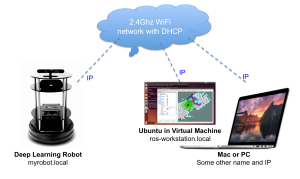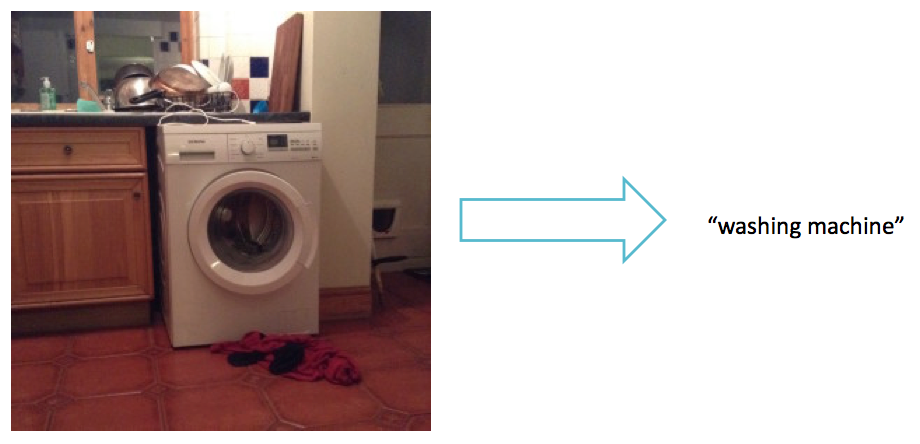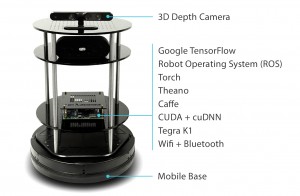My apologies for the long wait since the last post. I started a PhD in AI and Robotics at Cambridge University, which has been absorbing all my spare time. This post is actually quite old, but I never got around to publishing it. The good news is that I’ve learned a ton about robotics, biomimetics, ROS, MoveIt, deep learning, the Jetson TX1 and more, all of which I hope to share in due course. My apologies also for comments that waited months to be approved. When I finally dragged myself back to comments section I found only 4 real comments out of more than 600 bits of spam.
This rather specific post grew out of a frustrating attempt to write a fairly complex ROS package in Python which was continually stymied by seemingly random import errors when my node was launched in different ways. In fairness, I am neither an experienced Python programmer nor a ROS expert, so my problems were due to ignorance. However, clearing up that ignorance was non-trivial and led me down one rabbit hole in terms of how Python manages packages and another rabbit hole in terms of how ROS does it.
This post is intended to be a shortcut for novice ROS developers who want to develop a Python node that involves more than one source file and imports Python libraries.





